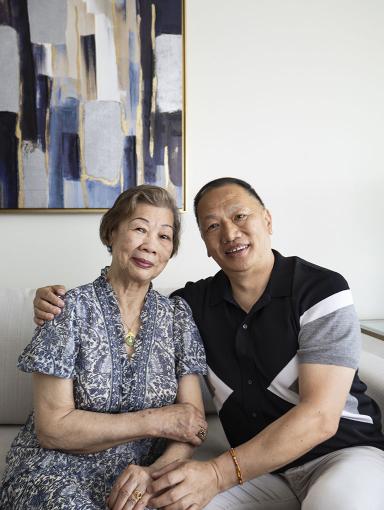Study Finds Link Between BMI Trajectories and Fracture Risk in Late Adulthood
Findings highlight the importance of stable BMI throughout adulthood.
A recent study published in Osteoporosis International sheds new light on the relationship between body mass index trajectories during middle adulthood and the risk of bone fractures in late adulthood.
The study, “Association of bone fracture with 30-year body mass index (BMI) trajectories: findings from the Framingham Heart Study,” provides valuable insights into the potential implications of BMI changes on fracture risk later in life.
The study analyzed data from the Framingham Original Cohort Study, involving 1772 participants with an average follow-up of 17.1 years. BMI trajectories were constructed using latent class mixed modeling, and their association with fracture risk after age 65 was explored using Cox regression.
Key findings of the study include:
- Participants transitioning from overweight to normal weight during middle adulthood had a higher risk of all fractures after age 65 compared to those who maintained a stable BMI.
- Similar patterns were observed for lower extremity fractures, including pelvis, hip, leg, and foot fractures.
“These findings emphasize the importance of maintaining a stable BMI throughout adulthood to reduce the risk of fractures in later life,” said Douglas P. Kiel, MD, MPH, director of the Musculoskeletal Research Center and senior scientist at Hebrew SeniorLife's Hinda and Arthur Marcus Institute for Aging Research. “For overweight individuals, strategies to avoid bone loss during periods of weight loss during middle adulthood could be beneficial in terms of reducing fracture risk. This is especially true with the recent increases in the use of the new obesity drugs.”
This work is in part supported by the following grants: NIH R01DK122503, R01AG065299, and R01 AR041398.
Co-authors of the study include Zihao Xin, Department of Biostatistics, Boston University School of Public Health; Hanfei Xu, Department of Biostatistics, Boston University School of Public Health; Xiaoyu Zhang, Department of Biostatistics, Boston University School of Public Health; Elizabeth J. Samelson, PhD, associate scientist, Marcus Institute, Hebrew SeniorLife; Douglas P. Kiel, MD, MPH, senior scientist, Marcus Institute, Hebrew SeniorLife; and Ching-Ti Liu, PhD, professor of biostatistics, Department of Biostatistics, Boston University School of Public Health.
About Hebrew SeniorLife
Hebrew SeniorLife, an affiliate of Harvard Medical School, is a national senior services leader uniquely dedicated to rethinking, researching, and redefining the possibilities of aging. Hebrew SeniorLife cares for more than 4,500 seniors a day across six campuses throughout Greater Boston. Locations include: Hebrew Rehabilitation Center-Boston and Hebrew Rehabilitation Center-NewBridge in Dedham; NewBridge on the Charles, Dedham; Orchard Cove, Canton; Simon C. Fireman Community, Randolph; Center Communities of Brookline, Brookline; Jack Satter House, Revere, and Leyland Community, Dorchester. Founded in 1903, Hebrew SeniorLife also conducts influential research into aging at the Hinda and Arthur Marcus Institute for Aging Research, which has a portfolio of more than $98 million, making it one of the largest gerontological research facilities in the U.S. in a clinical setting. It also trains more than 500 geriatric care providers each year. For more information about Hebrew SeniorLife, visit our website or follow us on our blog, Facebook, Instagram, Threads, and LinkedIn.
About the Hinda and Arthur Marcus Institute for Aging Research
Scientists at the Marcus Institute seek to transform the human experience of aging by conducting research that will ensure a life of health, dignity, and productivity into advanced age. The Marcus Institute carries out rigorous studies that discover the mechanisms of age-related disease and disability; lead to the prevention, treatment, and cure of disease; advance the standard of care for older people; and inform public decision-making.
